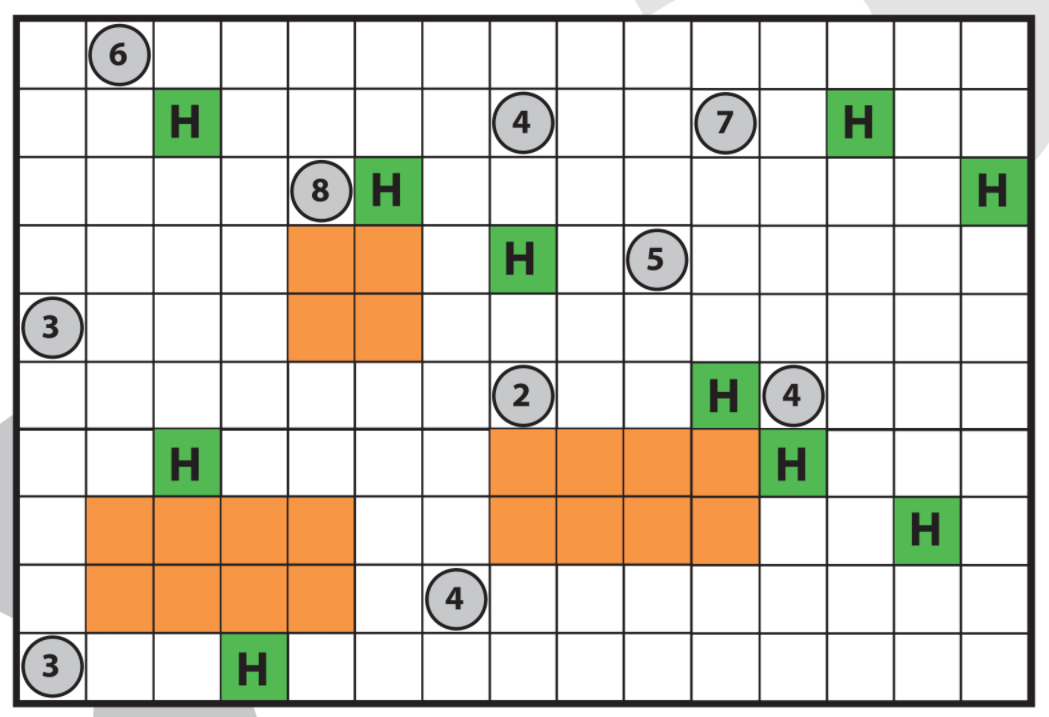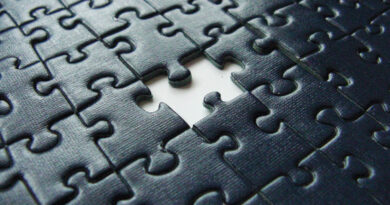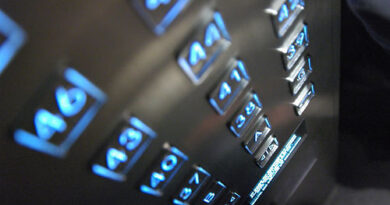Puzzle Nekst 3 2017-2018
With spring just around the corner, imagine yourself finally again enjoying the sun outside. A lovely picture, but there is just one thing missing: another challenging Nekst puzzle! In case the cold weather stays for just a little longer, there is even a second puzzle this edition.
1. Squares and rectangles
The aim of this puzzle is to divide the 10 by 15 square below into smaller rectangular and square compartments. The numbers depicted in the puzzle indicate how large the compartments must be. Every number needs to be assigned its own compartment, these compartments need to be non-overlapping, either square or rectangle, and consist of exactly the number of boxes as the number indicates.
2. Golf
The following puzzle is derived from the game of golf. Every ball needs to end up in a different hole , quite rudimentary until here. The number depicted on the balls indicate how long the first shot of this ball needs to be, measured in boxes. A shot can only be in a horizontal or vertical line. If the ball does not end up in a hole in this shot a second shot needs to be taken, every shot needs to be one smaller than the last one. So if a ball starts with a 4, and can not end up in a hole in the first shot, the next shot needs to be 3 boxes long, then 2 etc. These follow-up shots can be in the same direction as the shots before, but also in any other direction. The deadly enemy of any good golf shot is the bunker , shots can therefore not end up in bunkers however they can be shot over them.
Can you figure out the answer to both puzzles?
Please enter your solutions at www.Nekst-Online.nl/Puzzle. A crate of beer or a delicious pie, whichever the winner prefers, will be waiting for whoever has sent the best (partial) solutions. Please note that, as before, every recipient of this magazine is eligible to send in their solutions, so members of the department are invited to participate as well.
Answer of Puzzle Nekst 3 2017-2018
Written by Bernard van den Broek
The two puzzles of Nekst 3 are both puzzles with numbers and a roster of 10 by 15 boxes. The aim of the first puzzle is to divide the roster of 10 by 15 boxes into smaller rectangular and square components. The numbers in the puzzle indicate how large the components must be. When I first looked at this puzzle, I did not know where to start. Fortunately, that was the most difficult part for me. Once you see that there is just one way to make the component with the number 18, namely a 3×6 rectangle, the puzzle seems to be easy. The components with the 5, 6 and 9 that are positioned top left of the number 18, can then be filled in as well. Another tip is that the prime numbers are always a rectangle with a width of 1. The only peculiar thing was that the puzzle officially has two solutions. That is because my last boxes were the 6 and the 3 in the bottom right. The 3 can make a rectangle to the right and a downwards rectangle. The component of the 6 can fill the remaining boxes, which can be done in two ways. (Correct me if I am wrong.)
For the second puzzle, it is easy to explain what to do, but difficult to explain how to do it. I did not check it myself, but it would not surprise me if there is more than one possible solution. Perhaps it is interesting to minimize the number of shots that should be made to end up in the holes. You can also minimize the distance that all the balls cover together. Despite the fact that I am an econometrician, I am not the smartest person and my programming skills are not very good, so I leave this task to other people.
The trick of this puzzle is that if a ball goes over the hole, you can always shoot the ball back in the direction where it came from, with a distance that is one smaller. If the ball went over the hole again, you shoot the ball in the same direction you did the first time. This way, the ball always ends up in the hole, except if the shot went into the bunker. If I go from left to right and from top to bottom, my solution is:
The 6 goes 6 down, 5 to right and 4 to left.
The 4 goes 4 down and 3 right.
The 7 goes 7 right, 6 to left, 5 to right, 4 to left, 3 to left, 2 to left and 1 to right.
The 8 goes 8 right and 7 left.
The 5 goes 5 right, 4 down, 3 up and 2 up
The 3 goes 3 up and 2 right.
The 2 goes 2 up.
The 4 goes 4 down and 3 up.
The 4 goes 4 right, 3 right, 2 up and 1 down.
The 3 goes 3 to right.





